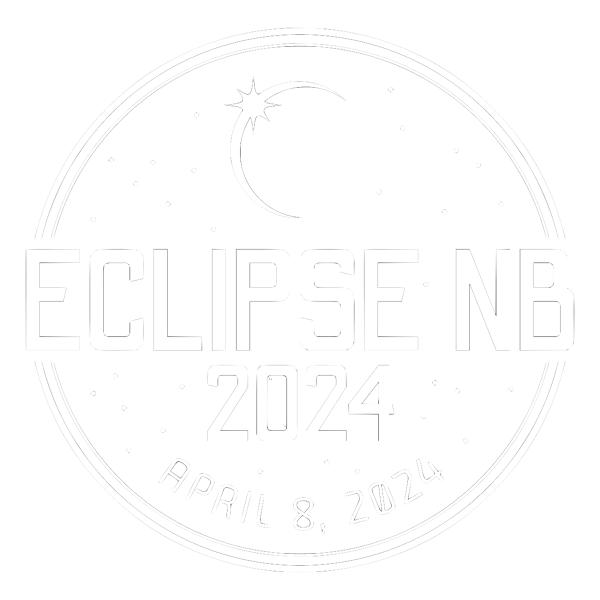Learn More About Our Project
Credit: NASA's Goddard Space Flight Center Conceptual Image Lab
The overall purpose of this project is to provide live, magnified, telescopic images of the total eclipse of the Sun from the stratosphere to ground-based audiences in Western New Brunswick and potentially to a world-wide audience via the internet.
A novel aspect of this project is to develop a small telescope system capable of dynamically pointing to the Sun and Moon. In high-altitude balloon projects to date, non-magnifying cameras randomly point to the sun, the Moon or the horizon with no directional control.
To the best of our knowledge, our balloon-borne solar telescope will also be the first non-governmental project to transmit images to ground in near real time—possibly within seconds —while in the stratosphere. Similar projects have been able to process and provide viewing of images only after recovering the payload.
Credit: NASA's Goddard Space Flight Center Conceptual Image Lab
A unique project is underway in New Brunswick to develop a balloon-borne solar telescope and launch it in Florenceville-Bristol by means of an unmanned high-altitude balloon on April 8, 2024.
The overall purpose of this project is to provide live, magnified, telescopic images of the total eclipse of the sun from the stratosphere to ground-based audiences in the Western New Brunswick and potentially to a world-wide audience via the internet.
A novel aspect of this project is to develop a small telescope system capable of dynamically pointing to the Sun and Moon. In high-altitude balloon projects to date, non-magnifying cameras randomly point to the Sun, Moon or horizon with no directional control.
To the best of our knowledge, our balloon-borne solar telescope will also be the first of its type to transmit images to ground in near real time—possibly within seconds —while in the stratosphere. Similar projects have been able to process and provide viewing of images only after recovering the payload.
The overall purpose of this project is to provide live, magnified, telescopic images of the total eclipse of the sun from the stratosphere to ground-based audiences in the Western New Brunswick and potentially to a world-wide audience via the internet.
A novel aspect of this project is to develop a small telescope system capable of dynamically pointing to the Sun and Moon. In high-altitude balloon projects to date, non-magnifying cameras randomly point to the Sun, Moon or horizon with no directional control.
To the best of our knowledge, our balloon-borne solar telescope will also be the first of its type to transmit images to ground in near real time—possibly within seconds —while in the stratosphere. Similar projects have been able to process and provide viewing of images only after recovering the payload.
Top
- ../resources/astronomy-1867616_1280.jpg










